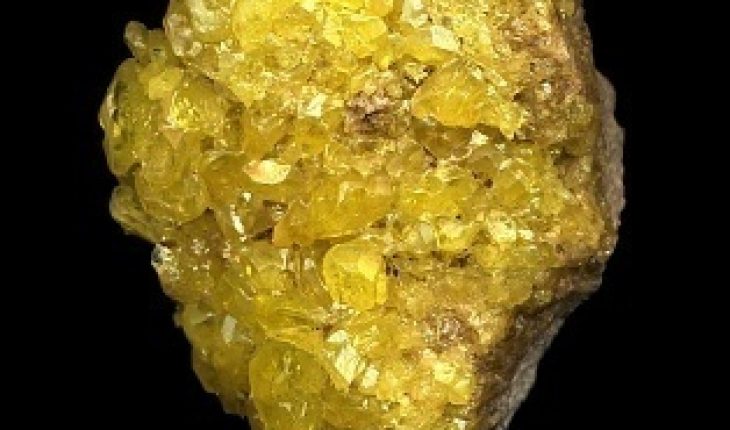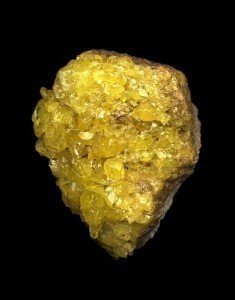Sulfur is an important element, essential for life. Aside from this however, the element can be used in many other ways. Its versatility can be attributed to its unique properties. Its atomic symbol is ‘S’ and the atomic number is 16.
Common Uses of Sulfur
This element is utilized in the creation of sulfuric acid. These are used in different industries. The element is used in the creation of steel and rubber. It is also included in the production of inorganic chemicals, matches, fumigants and glass. It is also used in explosives, cement, animal feed and adhesives. Fertilizers are also used. Producers of slat blocks, soil amendments, petroleum and sugar refining also use them.
Sulfur Powder
This form of the element has many applications. It is a vital component in dyes, fungicides and production of agrichemicals. It is also required in mineral extraction and waste water processing. Powdered sulfur is found in lotions and skin cream ingredients. Burned sulfur helps preserve fruits and bleach paper. The element is part of many creams, lotions and bar soaps. Many of the skin treatment ointment products in the market have this ingredient.
Health Benefits
Sulfur has elements that can eliminate acne, so it is included in their treatments. Medications for dandruff, pityriasis versicolor rosacea and warts have this ingredient. Seborrheic dermatitis and scabies can be treated with this element. Sulfur is effective because of its keratolytic, antibacterial and anti-fungal properties. Combining alcohol and sulfur can be used to treat acne and other skin disorders.
Solutions with sulfur can be used to accelerate the healing of wounds. As far back as ancient Greece it was used to cure wounds. Sulfur can be used to treat hemorrhoids, arthritis, hypothyroidism and homeopathy.
Sulfur and the Human Body
One of the most important uses of sulfur relates to the human body. It is not native to the body, but it is required. The element is available in food and dietary supplementation. Sulfur is integral to the human body. The element comprises 0.25% of the body. It is integral not just for humans but all living cells. With sufficient amounts, various disorders can be prevented.
Production
Because it is so essential, sulfur is commercially generated. The most common method is to sink wells in places with salt domes. They are also available in areas with petroleum and natural gas. Other methods used for its production are the Sicilian and Frasch processes.
The Sicilian method uses ores that bear sulfur. These are piled and lit up. Heat is generated. Sulfuric elements are burned which are then collected. Sublimation is used to purify the elements. This process is used on elements obtained from crude oil, coal and natural gas.
Occurrence in Nature
The element can be found in many natural resources. It can be found in water, mineral springs and Epsom salts. Other sources are gypsum, barite, zinc blende, cinnabar, galena, iron pyrites and other ores and minerals. This element can also be found in underground deposits and volcanic regions. Some of the biggest deposits can be found in Louisiana and Texas. The element’s natural occurrence is in natural gas, petroleum and coal.
Meteorites are also a good source. Scientists also believe that the lunar crater Aristarchus and the moons of Jupiter have sulfur too. Traces of the element can be found in common enzymes. Amino acids like homocysteine, taurine, methionine and cysteine have this element too. Elemental sulfur can be taken in roll sulfur, fine crystalline powder and sulfur flowers.
Compounds and Properties
The element is colorless. The element usually has eight atoms. But those with fewer atoms are available. If the sulfur is burned, a blue flame appears. This produces sulfur dioxide. This in turn produces dilute sulfurous acid.
It appears when joined with water. The odor does not come from sulfur compounds, not the elemental type. Some compounds produce unpleasant smells such as hydrogen sulfide. Some are even poisonous. The type that emanates from sewers can be fatal. One of the best known is sulfur dioxide. When burned, the smell is akin to that of a match burning.
Allotropism
One of the reasons why there are many uses of sulfur is its versatility. Thanks to allotropism, the element can appear in various forms. Allotropism has many crystals, the type depending on the temperature. The most common variants are monoclinie and rhombic.
When set at 356 F (96 C), the monoclinic type appears. Temperatures below that will cause the rhombic form to be stable. When molted, sulfur becomes thick. Compounds appear purer when exposed to heat. When set at 593 F, the atom rings join up.
Sulfur properties enable it to mix with numerous minerals and compounds. Sulfide and sulfate minerals are the most frequently found. With the vast array of commercial processes available, it has become easier to make compounds.

